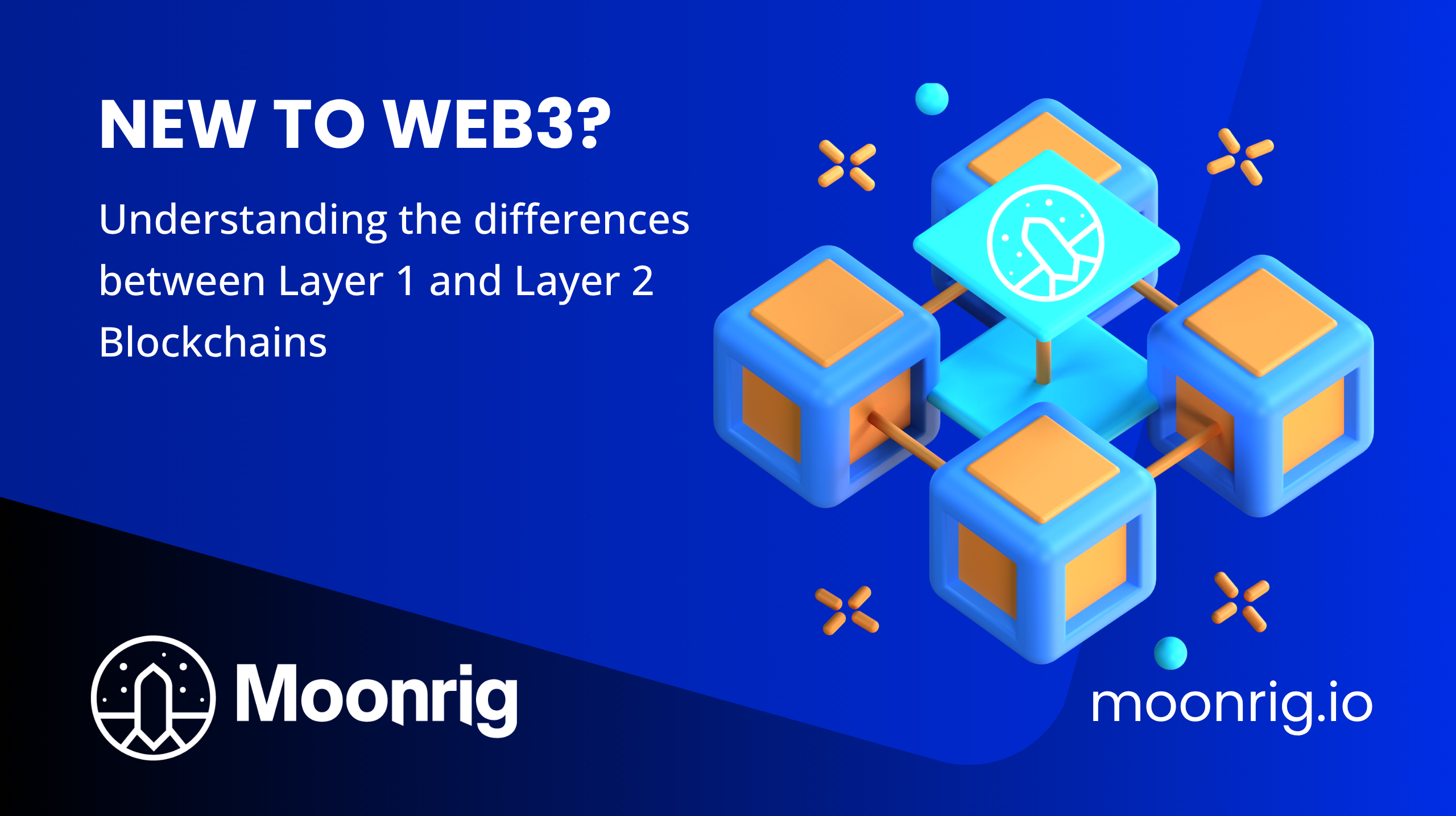In the world of blockchain technology, there are many different layers and solutions that make up the overall ecosystem. Two of the most commonly discussed layers are Layer 1 blockchains and Layer 2 solutions. While these two terms may sound similar, they refer to very different aspects of blockchain technology.
What is Layer 1?
Layer 1 refers to the base layer of a blockchain network. It is the core protocol that defines the rules and consensus mechanisms of a specific blockchain. Bitcoin, Ethereum, and Litecoin are all examples of Layer 1 blockchains. These networks have their own native currencies (Bitcoin, Ether, Litecoin) and use complex algorithms to validate transactions on their network.
What is Layer 2?
Layer 2 refers to a secondary layer built on top of a Layer 1 blockchain. It can also be referred to as a “scaling solution” as it aims to improve the efficiency and speed of transactions on the blockchain. Examples of Layer 2 solutions include the Lightning Network for Bitcoin and the Polygon for Ethereum. These solutions use off-chain transactions, where smaller and more frequent transactions are processed outside of the main chain, reducing congestion and increasing scalability.
Main Differences between Layer 1 and Layer 2 Blockchains
One of the main differences between Layer 1 and Layer 2 blockchains is scalability. As mentioned, Layer 2 solutions aim to improve the efficiency and speed of transactions by processing smaller and more frequent transactions off-chain. This allows for a higher throughput of transactions, making the blockchain more scalable.
On the other hand, Layer 1 blockchains have a limited capacity for handling transactions due to their decentralized nature. As every transaction must be validated and stored on the blockchain, it can become congested and slow down as more users join the network.
Another difference between the two layers is their level of trustlessness. Layer 1 blockchains, such as Bitcoin and Ethereum, are fully decentralized and rely on consensus algorithms to validate transactions. This means that no single entity has control over the network, making it trustless.
In contrast, Layer 2 solutions often rely on trusted validators or parties to process transactions off-chain. While this may increase efficiency, it also introduces a level of centralization and potential for manipulation.
Furthermore, layer 1 blockchains typically have longer confirmation times for transactions compared to layer 2 solutions. This is due to the fact that layer 1 blockchains require all nodes to validate and confirm each transaction, while layer 2 solutions can rely on a smaller set of validators.
However, despite these trade-offs, layer 1 blockchains are still considered the most secure and decentralized option for processing transactions. They also serve as the foundation for many layer 2 solutions, providing a base layer of trust and security.
Final Thoughts
Whether you’re looking to invest into the base layer of blockchain technology or exploring the possibilities of layer 2 solutions, utilizing a crypto portfolio management tool such as Moonrig HODL would benefit your decision making process. It allows you to easily track the performance of different cryptocurrencies and adjust your portfolio accordingly.
Moonrig.io – Turning Intelligence Into Strategy
Get connected with us: LinkedIn | Twitter/X | Instagram | Telegram | Facebook | YouTube | TikTok | BlueSky








